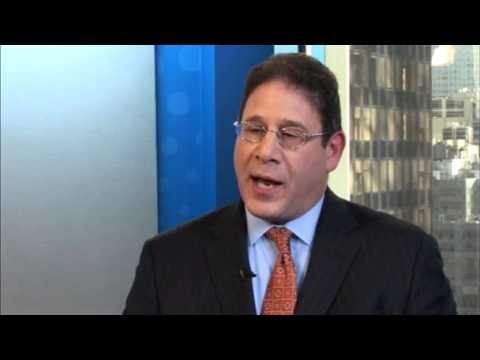After the exodus how risky are highyield bonds
Post on: 12 Апрель, 2015 No Comment

High-yield bond funds have seen mass outflows in recent weeks as investors begin to take the threat of higher interest rates and a winding down of monetary stimulus more seriously. Now asset managers are wondering whether the sector is merely witnessing a natural correction or if it is time to cut and run.
High-yield junk bond funds saw their biggest outflow ever in dollar terms, according to Bank of America Merrill Lynch. The sector, including exchange-traded funds, experienced $7.1 billion in outflows in the week ending August 6, meaning the net figure for flow year to date is now firmly in negative territory, and the years gains have been all but wiped out, according to Thomson Reuters Lipper data.
Daniel Acker | Bloomberg | Getty Images
Traders work in the ten-year U.S. Treasury Note options pit at the Chicago Board of Trade in Chicago, Illinois, U.S.
Borrowers issue high-yield or junk bonds because they are considered too risky to raise funds through established channels. The borrowers credit ratings, typically rated BB or lower by Standard & Poors or Ba or lower by Moodys make it difficult for them to acquire capital inexpensively, leaving them with little choice but to offer a high return on an investment.
Head of macro credit research at RBS, Alberto Gallo said the four weeks of consecutive outflows have come after five years of inflows. This means that, even after the heavy selling, the market has little liquidity and the exit door is now very small. Asset managers polled by BofA ML in the banks most recent fund manager survey also said U.S. high-yield is now viewed as the most crowded trade even after all the outflows.
The high-yield asset class in both the U.S. and Europe have suffered outflows but the issues in each market are different, Gallo said.
In the U.S. 80 percent of corporate funding is from corporate bonds, but high-yield bonds are a small sub-set, making up around 10 percent of the sector.
It is not a systemic issue. Also a lot of companies have refinanced so they dont have short-term maturities. It is more of a confidence issue for investors, Gallo said who is advising investors to consider selling.
In Europe, there is a different problem, namely the banks which are still not lending and so putting pressure on companies to raise capital in other ways.
Head of fund research at Brewin Dolphin, Ben Gutteridge said the markets response to the sector, for now at least, is not the signal of something more worrying, but equally it is not a good time to be adding to existing holdings.

An end to volatility?
While much of the outflows so far have been a result of investors switching out of high yield into safer money-market and government bond funds, Gutteridge believes we have seen the bulk of the selling.
A general improvement in economic performance and corporate profitability leaves us doubtful that investors will sacrifice the yield currently on offer in high-yield bonds in order to move into cash or government bonds. We are also sceptical that holders of high-yield bonds would be motivated to switch into equities, given the pervasive overweight that already exists in this asset class, he said.
But in the short-term, volatility is set to remain.
An illiquid trading environment has exacerbated price declines that first began in June on profit taking and then continued through July as equity markets remained volatile on a host of concerns from geopolitics to earnings to the economy, said investment strategist for LPL Financial, Anthony Valeri.
While high-yield volatility has startled some, we view it as a natural market correction. High-yield bonds may remain volatile near term, but if the average yield (which is now 5.9 percent) increases, it should help bring out demand given still-low yields across high-quality bond markets, he said.














